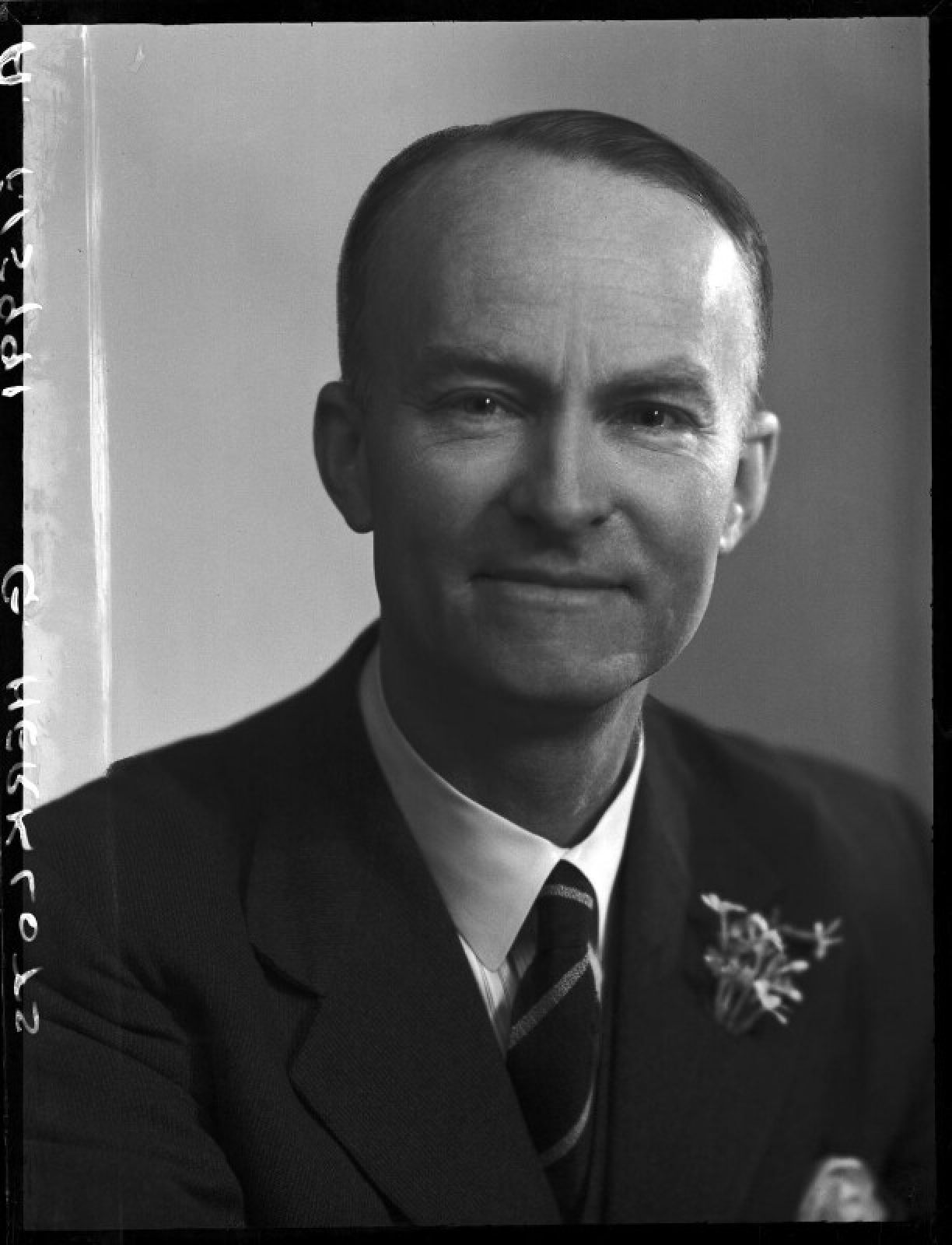
How an orchid-loving amateur botanist, a New Zealand Chinese teacher at Diocesan Boys’ School in Hong Kong, shared his passion
- A New Zealand Chinese teacher, JL Youngsaye spent decades scouring Hong Kong, for wild orchids, and created a botanical garden in Kowloon City in the 1930s
- His garden was destroyed during World War II, but he continued to mentor enthusiasts until the 1980s and co-wrote field guide Hong Kong Orchids
An idyllic rural childhood spent in a remote corner of New Zealand ignited an interest in the natural world that remained undiminished throughout James Lawrence Youngsaye’s long life.
Ethnically Chinese, despite the Anglicised surname (originally Yeung, also spelled Young), JL, as he was known, initially came to Hong Kong to study electrical engineering at the University of Hong Kong (HKU), and later became a popular, warmly regarded chemistry and mathematics teacher at the Diocesan Boys’ School in Kowloon, where he taught from 1924 until his retirement, in 1963.
By the 1920s, Hong Kong – as elsewhere in Southeast Asia and China – had evolved a small but erudite research community of amateur naturalists, botanists, ornithologists and other wildlife enthusiasts, who were steadily building upon foundations laid mostly by 19th century scholarly researchers, with accumulated local knowledge distilled into their own published works.
Informal “nature ramble” groups, loosely organised through university student societies, attracted newcomers such as Youngsaye. These links eventually connected him to Dr Geoffrey Herklots, reader in biology at HKU and founding editor of the pre-war Hong Kong Naturalist scholarly journal.

Through this friendship an understanding of botanical principles developed, which evolved into a scientific interest in the cultivation of wild orchids, particularly species then assumed to be endemic to Hong Kong.
In the early 1930s, through his plant-hunting contacts – who also wanted a pretext to dislodge squatters – Youngsaye obtained a neglected patch of farmland and orchard in Kowloon City, close to Munsang College.
Gradually transformed into a private botanical garden, this became a popular haunt for Hong Kong’s pre-war orchid-hunting fraternity, who kept their botanical treasures there, and gathered regularly to compare notes, or simply relax under the fruit trees.
To Youngsaye’s enduring distress, this “botanical garden” did not survive the war years. In unpublished memoir notes, written in his 70s, he sadly observed that, “the Japanese stabled all their horses there, and commandeered the neighbouring school-building for an army kitchen”.
Everything was lost; even more portable botanical-themed treasures he chanced upon could not be salvaged.
How Gloria Barretto regaled friends with Hong Kong stories
“A week after the [British] surrender, two beautiful volumes of Orchids of Assam were offered for sale in Cat Street,” he wrote. “I knew them well, since I had spent months and days poring over them in the Botanical Garden Library.
“The price asked was HK$5 each; each page was worth five times that, but I did not buy. First, rice was much more important, and second, being a rather timid man, I could not see myself walking around with two large looted books under my arm.”
Post-war, the practical demands of everyday life took priority over his hobby, “[…] and so the curtain came down, not to be raised again for another 20 years. They say that the more the love, the keener the loss, and the greater is the hurt. It is quite true.”

Only in retirement was Youngsaye’s passion for Hong Kong’s native orchids, their cultivation and – later – their protection from destruction by commercial collectors, fully rekindled. Resurgent interest, combined with a willingness to share his extensive knowledge and experience, stimulated a new generation of botanical researchers, whom he befriended, mentored and encouraged in their individual specialisations.
With Gloria D’Almada Barretto, another authority on native orchids, Youngsaye co-authored Hong Kong Orchids (1980), one of many scholarly but accessible field guides to local plants produced by the then Urban Council.
Deceptively slim, this groundbreaking volume represented more than a decade’s solid work by the authors, aided by other dedicated amateur enthusiasts who – like their mentor had done decades earlier – devoted their weekends and holidays to scouring local hillsides for unusual flora. Several new Hong Kong native orchid species were discovered in this way by this group.
J.L. Youngsaye died in 1990.

